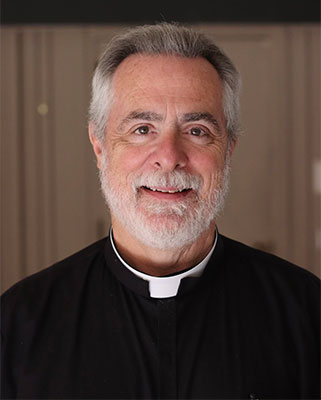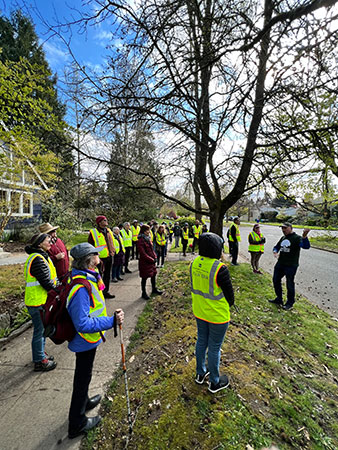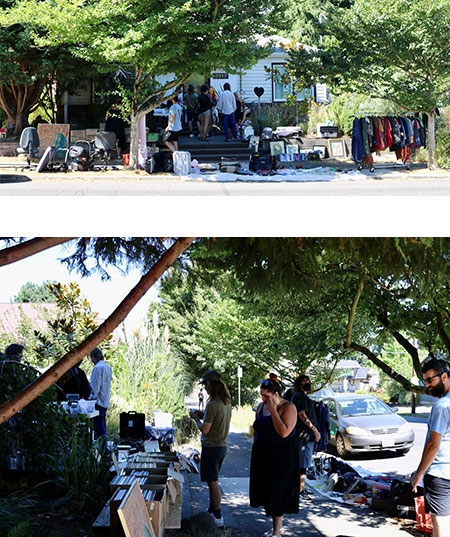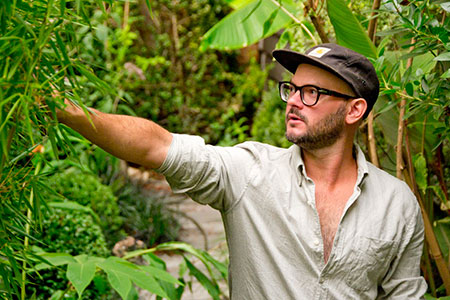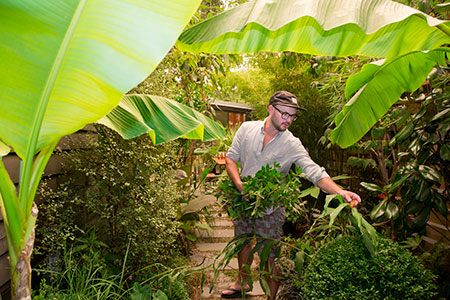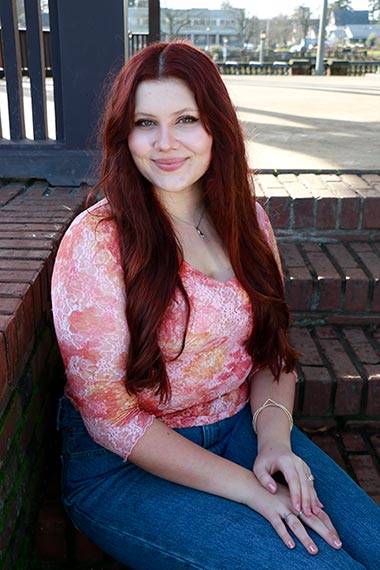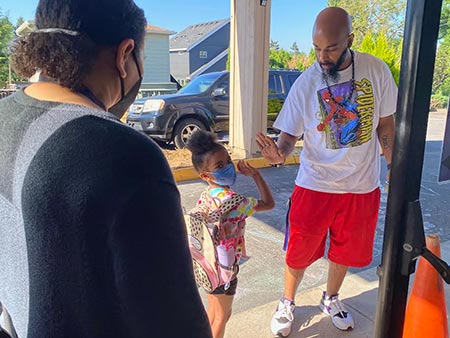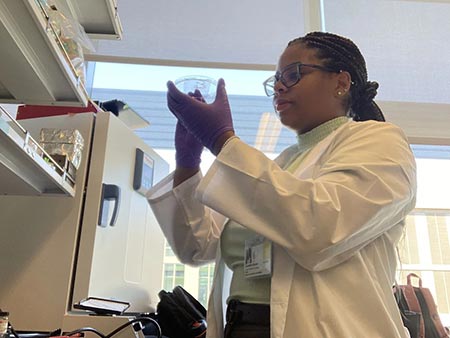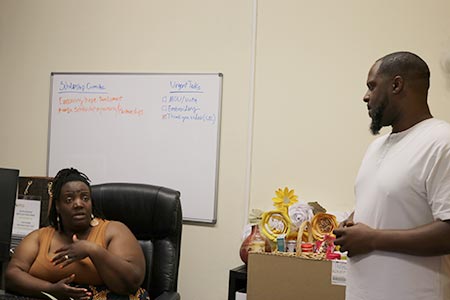By Rob Cullivan | CNews Editor
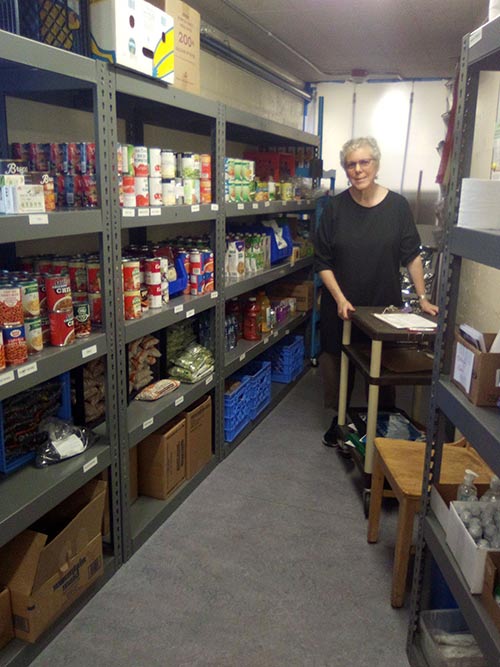
When asked whether her clients at the St. Vincent de Paul food pantry hope to get free turkeys for Thanksgiving this year, Catherine Perkins noted that’s not the case. “Most of the people in the population we serve don’t have a large enough oven to cook a turkey or can’t afford to cook a turkey that long.”
Perkins is president of the St. Vincent de Paul Conference at St. Charles Borromeo Catholic Church, 5310 NE 42nd Ave. The conference is part of an international Catholic group devoted to serving the poor and pays a nominal rent of $1 yearly to St. Charles for pantry space.
Perkins said as many as 27 to 30 individuals or families currently visit the pantry weekly. The pantry, located in the same building that houses the church, is open Saturdays 10 a.m. to noon and Mondays 4–6 p.m.
Clients can fill a box monthly with 60 pounds worth of food items from the pantry, and some visit weekly to get snacks, nutritious food bars or soup pouches, including homeless folks who can’t provide an address that shows they live in the pantry’s service area, from Northeast 28th to 82nd avenues.
“You don’t have to be Catholic,” Perkins said, adding that many clients are seniors on fixed incomes with children and grandchildren living with them. “You just have to be a person who needs a little help. We don’t say ‘No’ when people show up.”
Inflation blues
Perkins and others who serve the hungry in Concordia and its neighboring communities said the rising costs of rent, utilities and groceries are some of the reasons folks are seeking food assistance.
The Rev. Lynne Smouse Lopez, pastor of Ainsworth United Church of Christ, 2941 NE Ainsworth St., said her church members are feeling the pinch of inflation. “A lot of people aren’t used to asking for help, but I know that with inflation it’s been harder on people,” she said.
The church is home to the HIV Day Services Center, operated by Ecumenical Ministries of Oregon, an interdenominational organization. Among its services, the center provides breakfasts and lunches to its clientele, says Chautauqua Cabine, program coordinator.
Like Pastor Smouse Lopez and Perkins, Cabine said the spike in food prices has affected the people the center serves. “We have a lot of clients running out of their Food Stamps a lot quicker,” she said. “A lot of our clients can’t afford meat products.”
Both she and Perkins noted their food programs now don’t get as much donated meat products as they once did. Where once her food pantry could provide beef, pork, sausage and fish to clients, now it’s mostly only chicken she can give, Perkins said.
Food bank insights
Jason Stephany serves as director of strategic communications for Oregon Food Bank, which supplies food to such area programs as the pantry at St. Charles, as well as One H.O.P.E. Fellowship, 5425 NE 27th Ave. and Sharon Seventh Day Adventist Church, 5209 NE 22nd Ave. Stephany said economic disruption, starting with the Covid lockdowns coupled with shocks to global supply chains by such events as the Ukraine War, have made the world inside and outside Concordia hungrier.
“Nearly one in four Oregonians experienced income- and job loss over the past two-plus years,” he said. “We saw an unprecedented need for emergency food assistance in rural, urban and suburban communities alike in 2020 and 2021.”
Stephany said these disruptions have made struggling folks suffer even more than usual. “The cost of groceries in our communities is up at least 10% overall, even higher when we look at the cost of meat, fish and dairy,” he said. “And this is happening at a time when lower-income households already spend more than a third of their budgets on food.”
Fortunately, one bright spot amidst the current turmoil is that benefits from SNAP, the federal food assistance program, increased 12% last month. For example, the maximum food benefit for a household of four has increased from $835 to $939. “This will at least ensure most families won’t face a loss of cash to spend on groceries at the same time prices are increasing,” Stephany said.
Giving, receiving
Joann Whitten has seen both sides of the hunger equation, getting help from the Vincentian pantry at St. Charles as well as volunteering there to help others.
A divorced mother who lives with four family members, Whitten wanted folks to know she has always been employed and that she and other food pantry clients are not just “takers.” Currently she works as a kitchen aide at an area school.
“I’ve always had low-paying jobs where the money I made was barely enough to pay the bills,” she said, adding there’s no feeling quite like that of getting a food box when you’ve run out of money to buy groceries. “It feels so good if you get home with food and you haven’t had any.”
Most of the people she serves at the pantry are like her, folks with children and grandchildren who just need help. “Everyone needs help sometimes,” she said, adding her spirit is buoyed by those who give to the pantry. “There’s a lot of good people in this world.”
EDITOR’S NOTE: To find a food program in your area, visit OregonFoodFinder.org.
CNews Editor Rob Cullivan is a veteran journalist, publicist and grant writer who has written about everything from rock ‘n’ roll to religion. He possesses a deep affection for writers and photographers who hit deadline.
